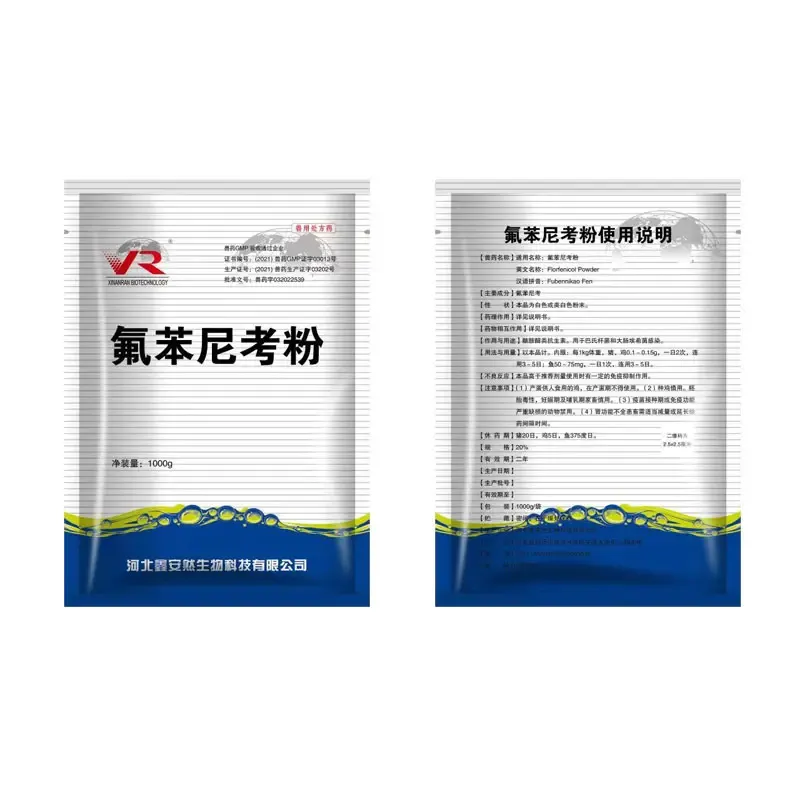- Afrikaans
- Albanian
- Amharic
- Arabic
- Armenian
- Azerbaijani
- Basque
- Belarusian
- Bengali
- Bosnian
- Bulgarian
- Catalan
- Cebuano
- Corsican
- Croatian
- Czech
- Danish
- Dutch
- English
- Esperanto
- Estonian
- Finnish
- French
- Frisian
- Galician
- Georgian
- German
- Greek
- Gujarati
- Haitian Creole
- hausa
- hawaiian
- Hebrew
- Hindi
- Miao
- Hungarian
- Icelandic
- igbo
- Indonesian
- irish
- Italian
- Japanese
- Javanese
- Kannada
- kazakh
- Khmer
- Rwandese
- Korean
- Kurdish
- Kyrgyz
- Lao
- Latin
- Latvian
- Lithuanian
- Luxembourgish
- Macedonian
- Malgashi
- Malay
- Malayalam
- Maltese
- Maori
- Marathi
- Mongolian
- Myanmar
- Nepali
- Norwegian
- Norwegian
- Occitan
- Pashto
- Persian
- Polish
- Portuguese
- Punjabi
- Romanian
- Russian
- Samoan
- Scottish Gaelic
- Serbian
- Sesotho
- Shona
- Sindhi
- Sinhala
- Slovak
- Slovenian
- Somali
- Spanish
- Sundanese
- Swahili
- Swedish
- Tagalog
- Tajik
- Tamil
- Tatar
- Telugu
- Thai
- Turkish
- Turkmen
- Ukrainian
- Urdu
- Uighur
- Uzbek
- Vietnamese
- Welsh
- Bantu
- Yiddish
- Yoruba
- Zulu
8 月 . 18, 2024 11:17 Back to list
Determining the Appropriate Dosage of Tylosin for Canine Health Needs
Understanding Tylosin for Dogs Dosage and Uses
Tylosin is an antibiotic that belongs to the macrolide class of antibiotics and is commonly used in veterinary medicine to treat a variety of infections in animals, including dogs. It is known primarily for its effectiveness against gram-positive bacteria, certain gram-negative bacteria, and some mycoplasma species. While it can be beneficial for treating certain conditions, understanding the appropriate dosage for dogs is crucial for safe and effective use.
Common Uses of Tylosin
The primary use of tylosin in dogs is to manage infections, particularly those related to the respiratory tract and certain gastrointestinal disorders. It is often prescribed for conditions like chronic enteritis, which can result from bacterial infections, as well as for the control of bacterial pathogens that can cause diarrhea. Tylosin has also been noted for its use in treating periodontal disease due to its ability to reduce oral bacteria.
Moreover, tylosin can sometimes be recommended off-label for managing some cases of chronic cough and conditions that require bacterial suppression. However, it is essential to use this medication under the direct supervision of a veterinarian, as inappropriate use can lead to antibiotic resistance or adverse effects.
Dosage Guidelines
Determining the correct dosage of tylosin for dogs is critical and should always be done by a veterinarian. Dosage can vary based on the specific condition being treated, the weight of the dog, and its overall health. Generally, the typical dosage range for tylosin in dogs is about 10 to 20 mg per kilogram (kg) of body weight, administered two to three times a day. However, some cases may require adjustments to these guidelines, depending on the veterinarian's assessment.
how much tylosin for dogs

For example, a small dog weighing 10 kg may be prescribed a daily dosage of 100 to 200 mg, divided into multiple doses. In contrast, a larger dog weighing 30 kg might receive 300 to 600 mg daily. It is crucial to follow the veterinarian's instructions precisely and not exceed the recommended dosage, as this can lead to serious health issues, including gastrointestinal upset, lethargy, or allergic reactions.
Potential Side Effects
As with any medication, tylosin may come with potential side effects. The most common side effects observed in dogs include gastrointestinal disturbances like vomiting, diarrhea, or loss of appetite. If any severe side effects occur, such as persistent vomiting or signs of an allergic reaction (e.g., swelling, difficulty breathing), it is essential to seek veterinary assistance immediately.
Before starting a dog on tylosin, it's vital to inform the veterinarian of any existing health conditions and medications that the dog is currently taking, as interactions can occur. For example, the use of tylosin alongside other antibiotics may require special consideration.
Conclusion
Tylosin can be an effective treatment option for certain bacterial infections and conditions in dogs, but it is essential to administer it under professional guidance. Proper dosage and monitoring are key to ensuring the safety and health of your pet. Always consult with a veterinarian for a tailored treatment plan and to address any concerns or questions about using tylosin or any other medication for your dog. By following professional advice and understanding the appropriate use of tylosin, pet owners can help ensure the well-being and recovery of their furry companions.
-
The Power of Radix Isatidis Extract for Your Health and Wellness
NewsOct.29,2024
-
Neomycin Sulfate Soluble Powder: A Versatile Solution for Pet Health
NewsOct.29,2024
-
Lincomycin Hydrochloride Soluble Powder – The Essential Solution
NewsOct.29,2024
-
Garamycin Gentamicin Sulfate for Effective Infection Control
NewsOct.29,2024
-
Doxycycline Hyclate Soluble Powder: Your Antibiotic Needs
NewsOct.29,2024
-
Tilmicosin Premix: The Ultimate Solution for Poultry Health
NewsOct.29,2024













